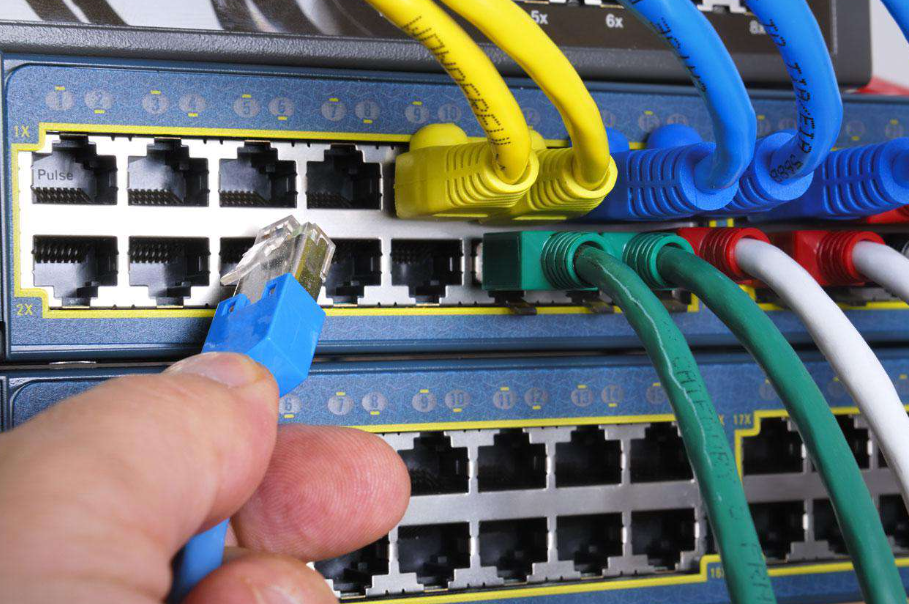Patch leads are a critical component of any network infrastructure. They are used to connect devices such as computers, servers, routers, and switches to the network, allowing them to communicate with each other.
However, choosing the right patch leads for your network can be a daunting task. In this article, we will discuss the key factors to consider when selecting patch leads, as well as the different types of patch leads available.
Considerations for Choosing Patch Leads
When choosing patch leads for your network, there are several factors you need to consider. These include:
- Distance and Coverage: The distance between devices and the amount of coverage required will impact your patch lead selection. The longer the distance, the more attenuation (signal loss) the signal will experience, which can lead to slower data transfer rates.
- Bandwidth: The bandwidth of your network is another critical factor to consider. The bandwidth determines the amount of data that can be transmitted over the network at any given time. To figure out how much bandwidth your network will require, consider the size of the network and what sort of data will be transmitted over it.
- Connector Type: Different connector types are suitable for different networks. The right connector type will depend on the type of device being connected and the distance between devices.

Types of Patch Leads
Patch leads are just one of many important electrical components in network infrastructure. However, there are several types of patch leads. Some of the most common types include:
- Copper Patch Leads: Copper patch leads are one of the most commonly used types of patch leads. They are available in different categories such as Cat 5E, Cat 6, and Cat 6A, and are suitable for short to medium-distance connections.
- Fiber Optic Patch Leads: Fiber optic patch leads are ideal for long-distance connections and high-bandwidth applications. They are available in different categories such as OM1, OM2, OM3, and OM4, and offer faster data transfer rates compared to copper patch leads.
Conclusion
Choosing the right patch leads for your network requires careful consideration of the factors discussed in this article. It’s important to evaluate your network requirements carefully and select patch leads that are suitable for your needs. If you’re unsure which patch leads to choose, it’s always a good idea to consult with experts who can help you make the right decision. The right patch leads can help to ensure that your network runs smoothly, enabling the various devices within it to communicate effectively with one another.